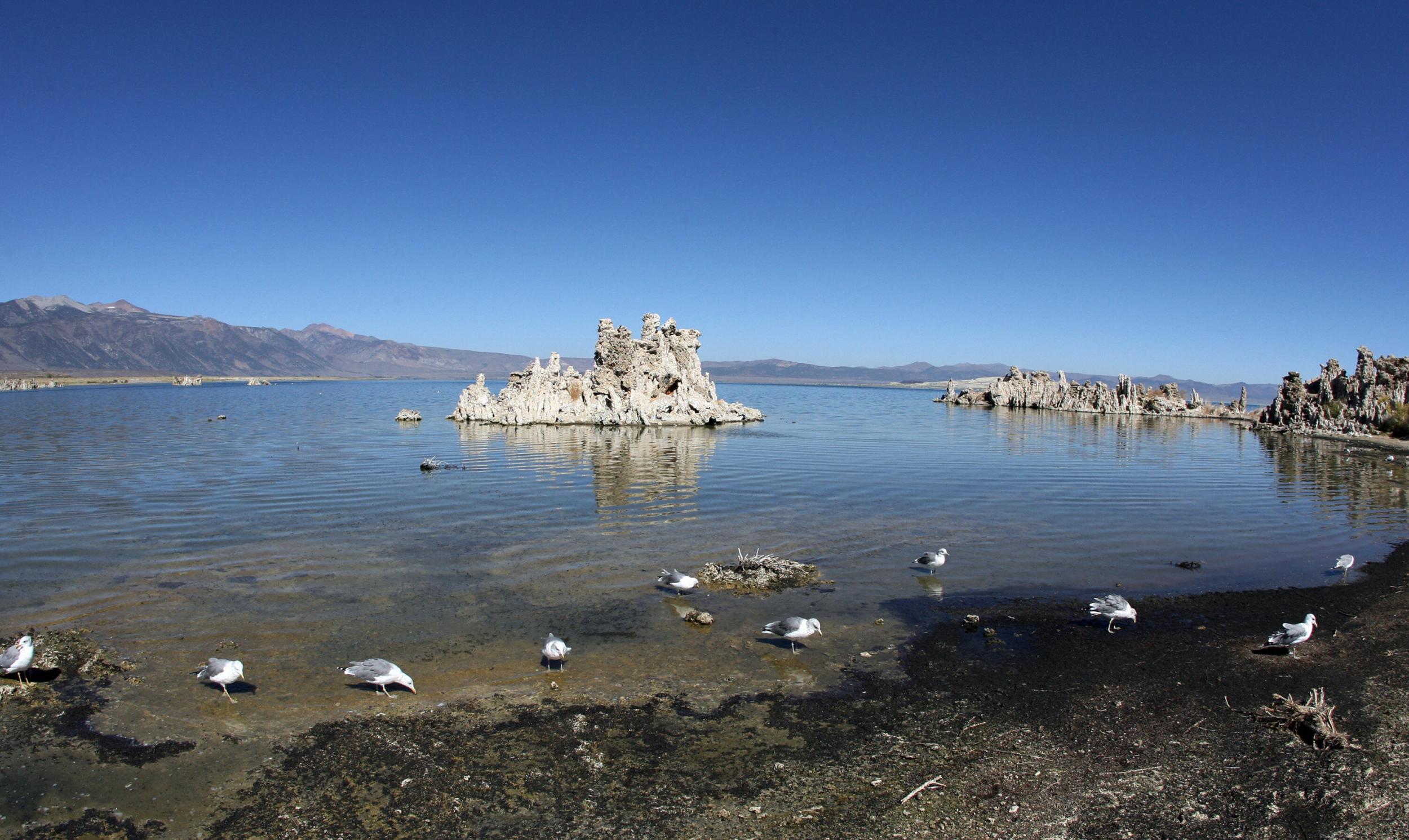New species of worm with three sexes discovered in highly salty Californian lake
New species lives in Mono lake, which is three times as salty as the ocean and has an alkaline pH of 10
Your support helps us to tell the story
From reproductive rights to climate change to Big Tech, The Independent is on the ground when the story is developing. Whether it's investigating the financials of Elon Musk's pro-Trump PAC or producing our latest documentary, 'The A Word', which shines a light on the American women fighting for reproductive rights, we know how important it is to parse out the facts from the messaging.
At such a critical moment in US history, we need reporters on the ground. Your donation allows us to keep sending journalists to speak to both sides of the story.
The Independent is trusted by Americans across the entire political spectrum. And unlike many other quality news outlets, we choose not to lock Americans out of our reporting and analysis with paywalls. We believe quality journalism should be available to everyone, paid for by those who can afford it.
Your support makes all the difference.A new species of worm with three sexes has been discovered in a briny Californian lake that was previously thought to be practically devoid of life.
The microscopic worm is so resilient in can survive 500 times the lethal human dose of arsenic and also carries its young inside its body like a kangaroo.
The new species – which has been named Auanema sp. – lives in Mono lake in the Eastern Sierras of California which is three times as salty as the ocean and has an alkaline pH of 10.
It’s so inhospitable that only two species – brine shrimp and diving flies – we’re thought to be able to survive in it (other than bacteria and algae).
However, researchers have now discovered eight more species living in the lake, all belonging to a class of microscopic worms called nematodes. They are classed as extremophiles – organisms that thrive in conditions unsuitable for most life forms.
Researchers found other similar species of nematode did not have such high resistance to arsenic, even though these worms do not live in environments with high arsenic levels.
They also found the new species Auanema sp. was able to thrive in the laboratory under non-extreme conditions, according to the paper published in Current Biology. This suggests it is both resilient and flexible in adapting to both harsh and benign environments.

Nematodes are a ‘truly trisexual’ species, meaning they are male, female and hermaphrodite.
The have both eggs and sperm, and produce several hundred offspring through self-fertilisation. If they choose to breed via sexual reproduction they can shuffle their genes to produce lots of male offspring,
The problem with self-fertilisation is that the offspring lack the genetic diversity that comes from male-female breeding.
When environmental conditions are positive male female sexual reproduction makes sense. However, when things are worse, they self-fertilise and produce lots of offspring very quickly which can then go a and find new places to live.
“Extremophiles can teach us so much about innovative strategies for dealing with stress,” said Dr Pei-Yin Shih, a graduate student at the California Institute of Technology.
“Our study shows we still have much to learn about how these 1000-celled animals have mastered survival in extreme environments.”
Drinking water contaminated with arsenic is a major global health concern. Understanding how these worms deal with it could help researchers understand how it moves through and affects cells.
“It’s tremendously important that we appreciate and develop a curiosity for biodiversity,” said Dr James Siho Lee, who is now a postdoctoral fellow at The Rockefeller University.
“The next innovation for biotechnology could be out there in the wild. A new biodegradable sunscreen, for example, was discovered from extremophilic bacteria and algae. We have to protect and responsibly utilise wildlife.”

Join our commenting forum
Join thought-provoking conversations, follow other Independent readers and see their replies
Comments